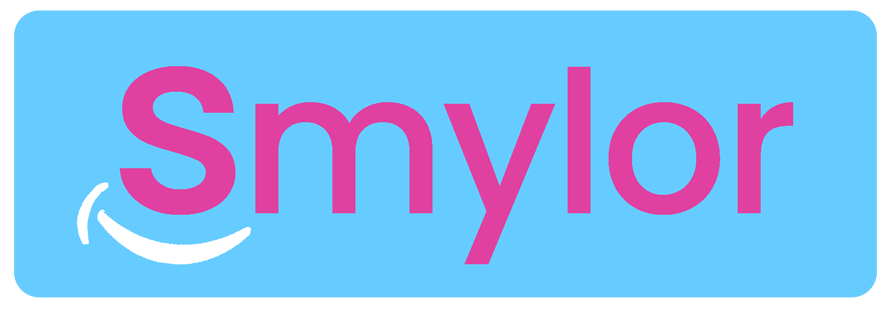Modern Dentist, Is Your Team Ready for the Tech Shift?
Digital technology has infiltrated every corner of modern dentistry. From online scheduling and automated reminders to digital anamnesis forms and chairside imaging, the promise of efficiency is tantalizing. But for many dental practices in 2025, that promise comes with a steep learning curve. The problem isn’t the technology itself; it’s people, processes, and preparation. And if you want digital systems to actually improve your practice instead of creating a Kafkaesque paper-pushing nightmare, you need a plan, especially around training.
Start Small, Train Smart
You don’t install a new piece of software and suddenly expect everyone to become a wizard overnight. Start small. Focus on the tools that deliver immediate wins: online booking, digital patient intake, and automated reminders. Nail those first. Make sure every receptionist and assistant can do their jobs confidently on these systems before you roll out fancy AI diagnostics or integrated imaging software. The last thing you want is a staff member staring blankly at a 3D scan while a patient waits, imagining the apocalypse.
Training needs to be practical. Forget passive manuals and endless tutorial videos. Staff need to touch the system, make mistakes safely, and see the consequences in a controlled setting. Let receptionists run through dummy bookings. Let assistants practice pulling up and updating digital records, or “pretend” to process insurance claims. The goal isn’t perfection, it’s familiarity and confidence.
Map the Journey
If you’ve ever walked into a clinic and thought, “Why is this so confusing?” chances are, nobody mapped the patient journey before layering in tech. Every touchpoint, from booking to check-in to treatment, needs a plan. Which processes will be digital? Which stay manual? Who interacts with which system, and when? Lay it out clearly. Document it. Share it with your team. If everyone knows exactly what happens and when, you avoid confusion, mistakes, and staff silently cursing at the new software.
Role-Specific Training Isn’t Optional
Receptionists, assistants, hygienists, dentists, they all need different training. Receptionists should master scheduling and patient intake first, while assistants need to handle imaging software and treatment records. Dentists themselves need to know how to interpret digital forms, integrate scans into treatment planning, and understand the limits of any AI recommendations. If you lump everyone together in one generic “training session,” you’ll end up with confusion, errors, and wasted time. Tailor it to their daily realities.
Encourage Feedback, Don’t Punish Mistakes
Digital systems only work if staff feel safe reporting issues. Create a culture where mistakes are learning opportunities, not punishable offenses. Weekly check-ins or debrief sessions can help catch problems early and improve workflows. Often, frontline staff notice glitches that IT or management miss entirely. Take their input seriously. They’re in the trenches, and their insight is invaluable.
Digital Literacy is the Secret Weapon
Here’s a harsh truth: not everyone on your team is a tech native. Some staff may barely touch computers outside their smartphones. Don’t assume everyone will instinctively know how to navigate new systems. Invest in basic digital literacy training. Teach staff how to manage files, understand security protocols, and confidently fill out digital forms. These skills aren’t just “nice to have”; they’re the foundation that makes everything else work.
Security and Compliance Are Non-Negotiable
You’ve got patient data flowing through multiple platforms. One careless click, one misconfigured access right, and you’re looking at a massive breach—or worse. Make sure cybersecurity and compliance training are integrated into daily routines. Teach staff how to recognize phishing attempts, manage passwords, and handle sensitive data properly. Make it part of the workflow, not a separate “once-a-year lecture.”
Peer Mentorship Works Wonders
Pair tech-savvy staff with colleagues who may be less comfortable with digital tools. Mentorship spreads knowledge organically and creates a safety net. It also reinforces the idea that learning is continuous, and no one gets left behind. Peer training can be far more effective than top-down lectures because people trust people who understand the day-to-day grind.
Measure, Adjust, Celebrate
Digital integration isn’t a set-it-and-forget-it deal. Track metrics: how long it takes to book an appointment, how many forms are completed correctly, patient satisfaction scores, error rates. Review them with your team and celebrate improvements, no matter how small. Recognition matters. If your staff see tangible results from their effort, they’ll stay motivated to adopt new technology and refine their skills.
The key is simple: plan, train, and support. Start small, train role-specifically, map workflows, prioritize digital literacy, enforce security, encourage feedback, and celebrate successes. Technology should empower your team, not overwhelm them. If you approach it thoughtfully, your staff will gain confidence, your patients will benefit, and your practice can finally deliver on the promise of 21st-century dentistry.
Dental Clinics Near You
Book a Dental Treatment
Our Smylor dental marketplace allows you to review and request bookings from 100s of dentists near you. Currently available in Switzerland (Zürich & Zug) and Germany (Köln, Düsseldorf and Bonn).
Click on your region.


